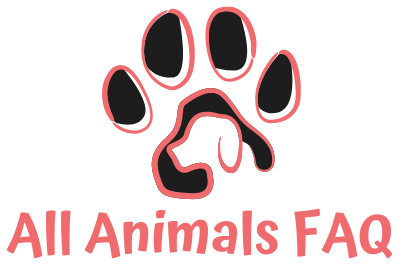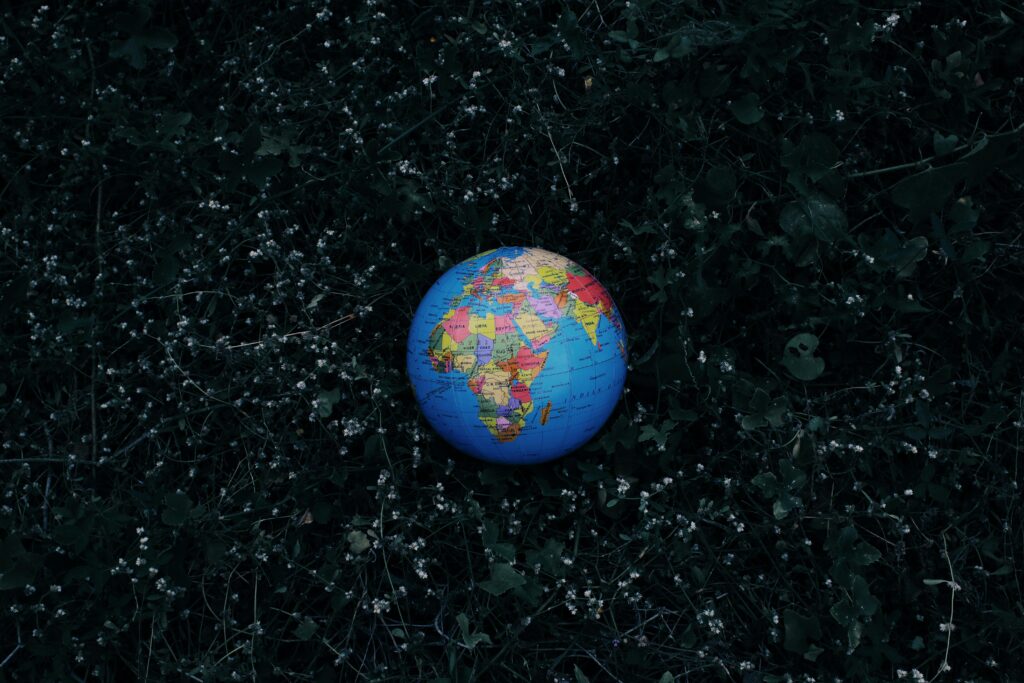Climate change is reshaping the world we live in, with profound consequences for wildlife and ecosystems. As global temperatures rise, driven largely by human activities such as fossil fuel combustion and deforestation, species across the planet are feeling the effects. From altered habitats to disrupted migration patterns, the impacts are widespread and alarming, creating a pressing need for comprehensive action.
One of the most visible consequences of climate change is the loss of habitat. For polar bears, the melting sea ice in the Arctic diminishes their hunting grounds, threatening their survival as they struggle to find food. As the ice retreats, these magnificent creatures are forced to swim longer distances in search of seals, their primary prey, which can lead to exhaustion and increased mortality. Similarly, many marine species face challenges as ocean temperatures rise. Coral reefs—vital ecosystems that support a vast array of marine life—are experiencing bleaching and degradation. When water temperatures exceed certain thresholds, corals expel the symbiotic algae living in their tissues, leading to widespread reef loss. This not only endangers the myriad species that rely on reefs for shelter and food but also impacts the livelihoods of millions of people who depend on fishing and tourism associated with healthy coral ecosystems.
Terrestrial wildlife is also feeling the brunt of climate change. Species such as the American pika, which thrive in cooler mountain environments, are being forced to migrate to higher altitudes in search of suitable habitats. However, as climate zones shift, suitable habitats are shrinking, leading to significant population declines. Birds, too, are experiencing dramatic changes; altering climate patterns can disrupt their migration timings and affect food availability, which can lead to decreased breeding success and higher mortality rates. For example, species like the common blackbird and various songbirds are facing challenges in finding food sources that align with their breeding cycles due to mismatched timing brought on by climate shifts.
Moreover, climate change intensifies extreme weather events—hurricanes, droughts, and wildfires—which can devastate ecosystems and lead to significant biodiversity loss. For instance, rising sea levels threaten coastal habitats and the species that inhabit them, such as nesting sea turtles and shorebirds. Drought conditions can alter freshwater ecosystems, stressing fish populations and other aquatic life. In contrast, intense storms can obliterate entire habitats, displacing wildlife and disrupting the delicate balance of local ecosystems. These conditions create a challenging environment for wildlife, pushing many species to their limits and forcing them to adapt rapidly or face extinction.
The emergence of invasive species is another critical issue exacerbated by climate change. Warmer temperatures and shifting habitats create opportunities for non-native species to thrive, often outcompeting native species for food and resources. For example, the brown tree snake, an invasive species in Guam, has devastated native bird populations, leading to the extinction of several endemic species. As habitats shift and ecosystems are disrupted, the introduction of invasive species can further stress already vulnerable wildlife populations. The interconnectedness of ecosystems means that the decline of one species can have cascading effects throughout the food web, disrupting entire communities of organisms and leading to a loss of biodiversity that can take generations to recover.
The implications of these changes extend beyond wildlife and ecosystems. Human communities that depend on these species for food, tourism, and cultural significance are also at risk. The decline of fish populations due to changing ocean conditions threatens the livelihoods of fishing communities, while loss of biodiversity can impact ecosystem services vital for clean air, water, and soil. For example, pollinators like bees and butterflies are essential for the reproduction of many crops; their decline due to climate change poses a direct threat to global food security.
Conservation efforts are critical in addressing the challenges posed by climate change. Protecting habitats, promoting biodiversity, and implementing sustainable practices are essential steps in mitigating its effects on wildlife. Initiatives such as creating wildlife corridors to facilitate safe migration routes, restoring degraded habitats, and implementing effective management strategies for invasive species can help bolster resilience among wildlife populations. Additionally, global collaboration is necessary to address the climate crisis holistically. International agreements like the Paris Accord aim to unite countries in their efforts to reduce carbon emissions and limit global warming, emphasizing the need for cooperative action.
Public awareness and education are also vital components of conservation efforts. By informing communities about the impacts of climate change on wildlife and ecosystems, we can inspire action at local, national, and global levels. Engaging the public in conservation initiatives, such as citizen science projects and wildlife monitoring programs, can foster a sense of responsibility and connection to the natural world. Additionally, promoting sustainable practices, such as reducing plastic use and supporting local conservation organizations, empowers individuals to contribute to positive change.
As we move forward, it is imperative to recognize the urgency of this situation. The survival of countless species depends on our ability to take meaningful action against climate change, highlighting the interconnectedness of all life on Earth. By prioritizing conservation and sustainability, we can help safeguard the future of our planet’s diverse wildlife and ensure a healthier environment for generations to come. The time for action is now; our wildlife, ecosystems, and ultimately our own well-being depend on the choices we make today.



